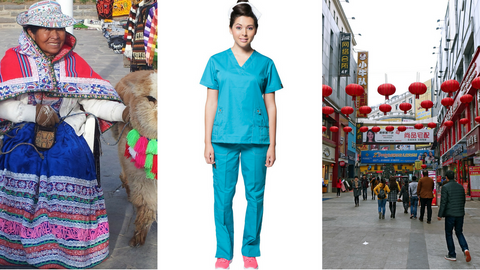By Josephine Reid
Before delving into the costs of medical schools outside the US, it is worth noting some of the advantages. Some schools offer an accelerated program, allowing medical students to graduate in three years instead of four. Cutting a year of living expenses can amount to significant savings, as does entering the workforce a year earlier.
Acceptance is also more streamlined. Since there are fewer applicants to process, students who are turned down by U.S. schools can often apply and be accepted during the same school year.
Talking about attending foreign schools, there are direct connections to the nature of global medicine today. Technology makes it possible to collaborate with doctors all over the world, and it’s common to see research conducted with widely separated teams working on the same problem.
The global nature of society has broken down the barriers to communication, making real-time collaboration a reality. Since opportunities often spring from networking, working with international doctors or aspirants has significant potential. From a global perspective, living and working in another culture can bring about significant advantages for a prospective doctor whose dreams go beyond private practices.
The cost of this dream, including Caribbean medical schools, for example, is nearly half than the US tuition of $44k. Between 1998 and 2008, the total federal student finances loaned to U.S. students attending foreign medical schools was $1.5 billion, which represents less than 1% of all federal student lending. Participating schools are required to meet certain requirements. One of those requirements and a good measure of the school’s success rate is the student pass percentage for the United States Medical Licensing Examination, often returned to as the USMLE.
In 2010, Congress increased the USMLE must-pass rate from 60% to 75%. The U.S. Government Accountability Office (GAO) estimates that, while most schools meet the old standard, only 11% are likely to meet the new standards to be eligible for the federal lending program. The report looked at 218 schools in nine countries popular with American students.
According to a press release from one of the most popular Caribbean medical schools, Ross University School of Medicine (RUSM), their 2012 USMLE Step 1 pass rate is 96% on the first try. This is marginally better than the pass rate for students attending medical school within the U.S.
Another indication of education value is the number of students who secure a place in residency programs. RUSM reports that 733 recent graduates obtained residencies at U.S. hospitals in 2013. Canada is also an appealing low-cost option.

